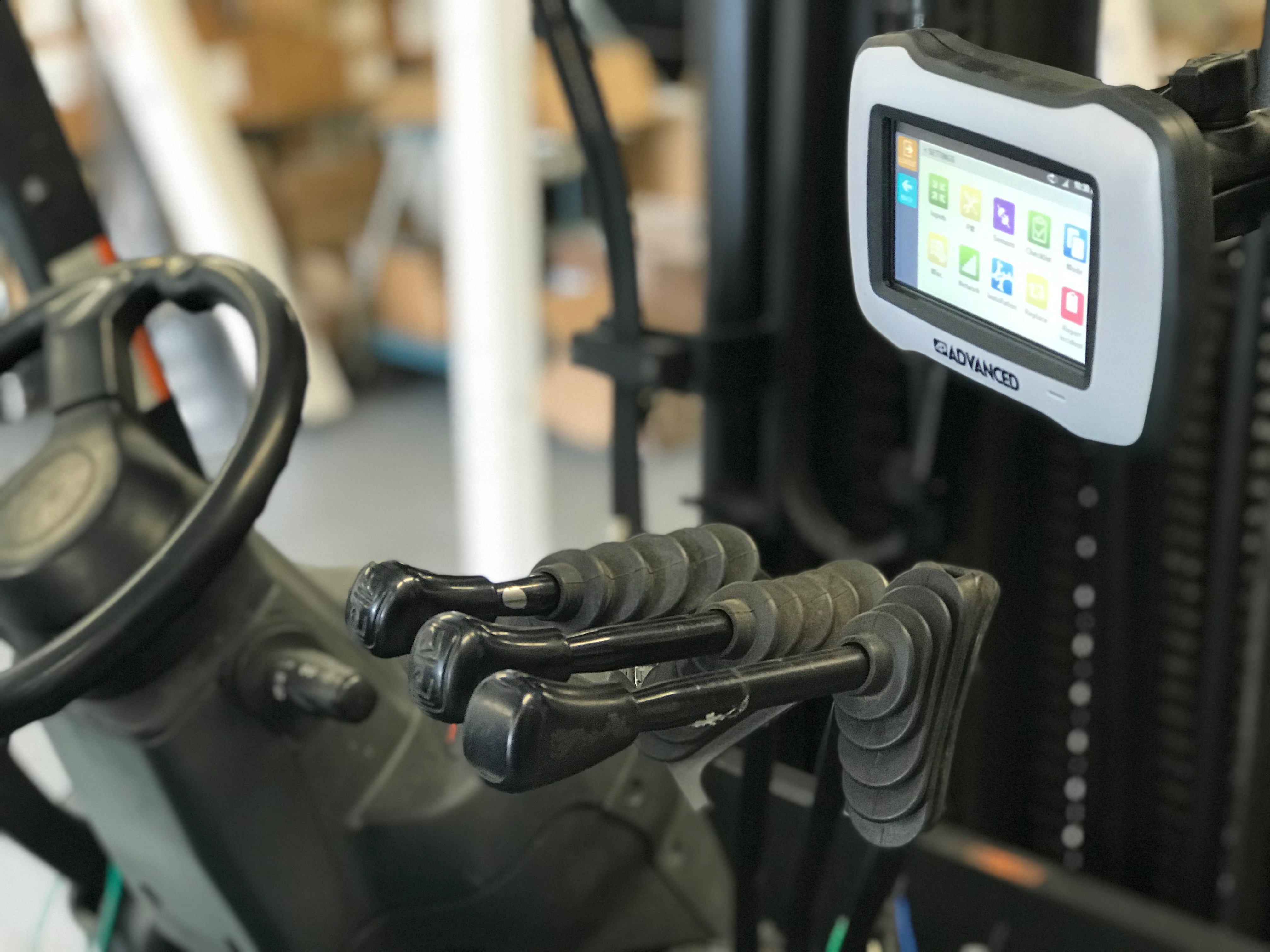How To Establish A Safety Culture In Your Workplace
The warehouse environment is full of accidents waiting to happen. According to the United States Bureau of Labor Statistics, there is an average of 16 deaths a year in warehouses and storage facilities throughout the United States. Moreover, there is an injury and illness rate of five employees for every 100 warehouses per year.
Another study found that jobs involving laborers and freight, stock, and material movers have a higher rate of injury and illness than the rest of the nation’s workforce.
 If you ever take a walk through your warehouse to determine what the dangers are, you will discover that they are all around you, including tall storage shelves, hazardous chemicals, high voltage charging stations, and energized machinery, to name a few.
If you ever take a walk through your warehouse to determine what the dangers are, you will discover that they are all around you, including tall storage shelves, hazardous chemicals, high voltage charging stations, and energized machinery, to name a few.
Good warehouse managers recognize the dangers and have set a priority of safety first. For them, assuring that their warehouses are safe involves instilling in employees a safety culture that is followed 24-hours a day, seven days a week, 365 days a year.
Expanding the safety culture is essential to bring down the rate of deaths and injuries to zero.
How To Build A Safety Culture
Warehouse management must make safety a companywide priority. All employees must buy into the program. Workers need to be encouraged to point out unsafe situations and pressure management to deal with the conditions with physical enhancements or changes in behavior to ensure best practices when safety is concerned.
For example, forklift operators who display unsafe driving habits should be re-trained. Safety fencing should be placed around conveyor belts to keep workers far enough away to avoid accidents.
Want to know 8 tips to decrease operator injuries? Click here
Training Programs
A training program specific to employees’ jobs should be a significant part of any safety-first commitment. The training should teach employees about safety precautions and protocols. The program should involve recurring training and safety updates and refresher courses. The follow-ups are sure to prevent unsafe activity from continuing.
The training programs should be augmented with the use of safety automation technologies and physical barriers. Motion sensors and pedestrian safety systems should be used to ensure that employees are not walking into dangerous situations. Telematics systems and fleet management software should be used to monitor forklift activity to ensure drivers maintain safe practices. Guardrails should be used to ensure that employees avoid dangerous work areas.
Learn more about increasing worker’s accountability. Click here
OSHA Safety
 Warehouse managers should also be sure that their employees are aware of OSHA standards and regulations and that their activity is OSHA compliant. Posting and distributing information that promotes occupational safety and health should be a part of any safety first program.
Warehouse managers should also be sure that their employees are aware of OSHA standards and regulations and that their activity is OSHA compliant. Posting and distributing information that promotes occupational safety and health should be a part of any safety first program.
Of course, the best method of keeping workers safe is to encourage them to do things that assure their safety. It is up to individual workers to pay attention to what is happening around them. It is also mandatory to wear protective clothing, including hard hats, goggles, earplugs, gloves, safety lifting belts, and appropriate boots based on their job tasks.
Want to see a breakdown of OSHA’s work-related injuries summary? Click here
Safety Committees
Make sure that employees have a stake in promoting safe practices. Make them feel a part of the process. An excellent way to achieve this is to create safety and inspection committees. These committees can comprise of employees involved in different job tasks around the warehouse. These committees should be encouraged to search for unsafe conditions and notify management about them. Management should be committed to the activities of these committees, promote meetings, assure that they stay focused on the issue, and turn to them to help set standards.
Finally, regularly check the building’s safety equipment to ensure that they are in proper working order. Please make sure that objects are not blocking sprinklers, and periodically test fire extinguishers to assure they work.
Learn more about Forklift Safety Day. Click here
____________
 Access Control Group offers Advanced, a safety-first telematics device that assists fleet managers in determining whether fleet vehicles are being used safely. Keep an eye on reckless employees by tracking speed, exaggerated idle time, sharp turns and load measuring, key reasons for accidents that could’ve been avoided.
Access Control Group offers Advanced, a safety-first telematics device that assists fleet managers in determining whether fleet vehicles are being used safely. Keep an eye on reckless employees by tracking speed, exaggerated idle time, sharp turns and load measuring, key reasons for accidents that could’ve been avoided.
All data is displayed in our cloud application, AssetPro360 that connects to our entire range of products.
For more information on Access Control Group and its devices, visit the company website or contact an Access representative.
